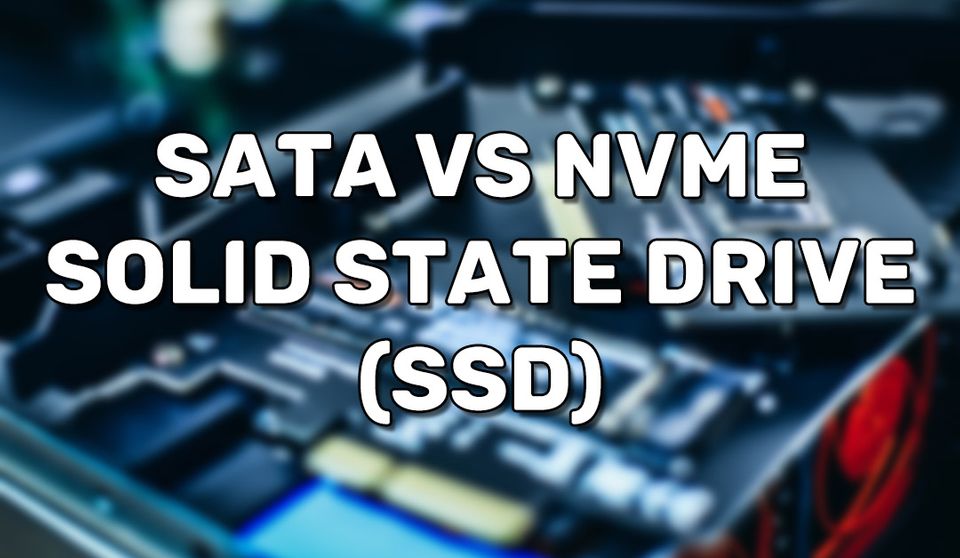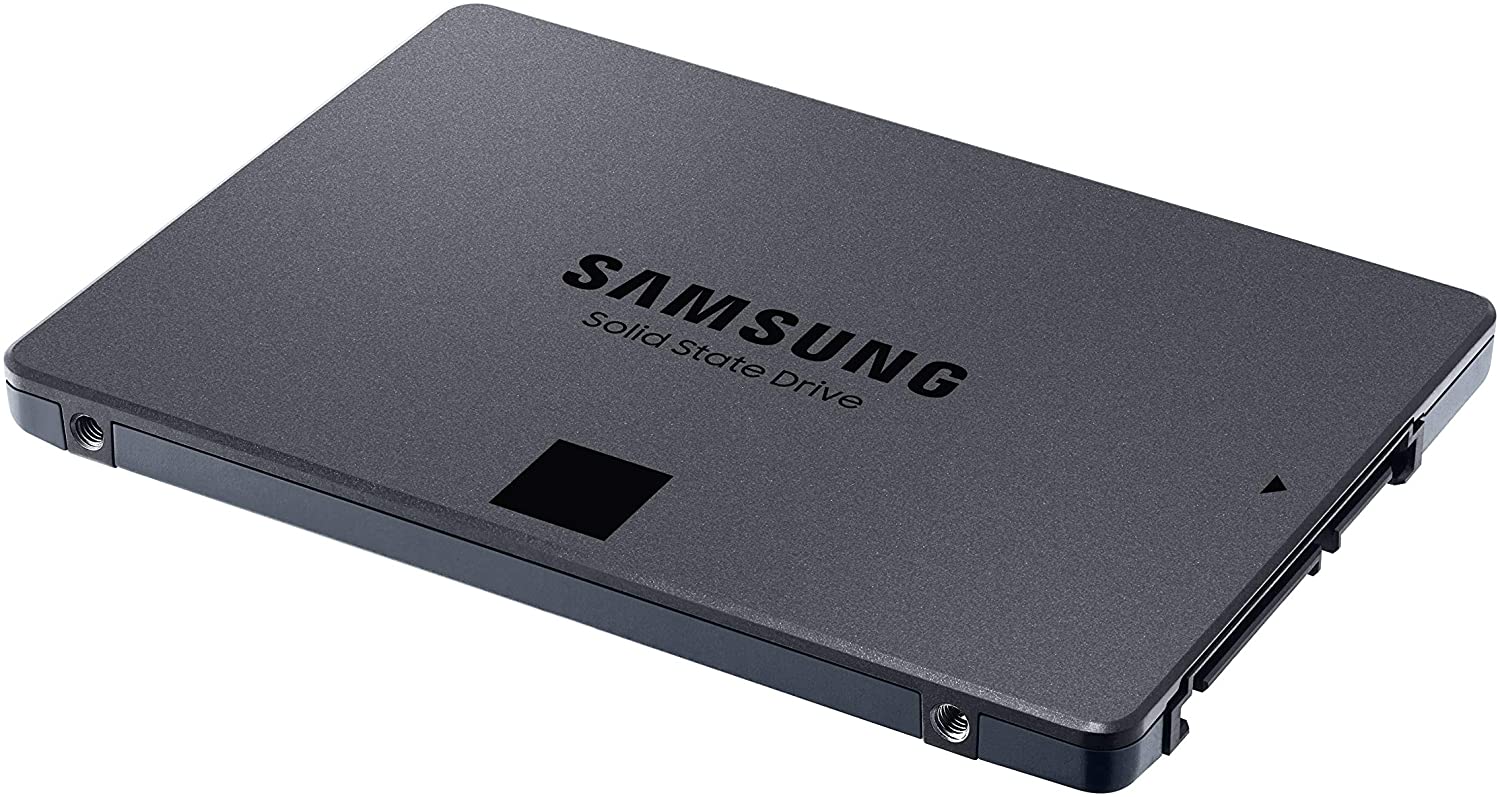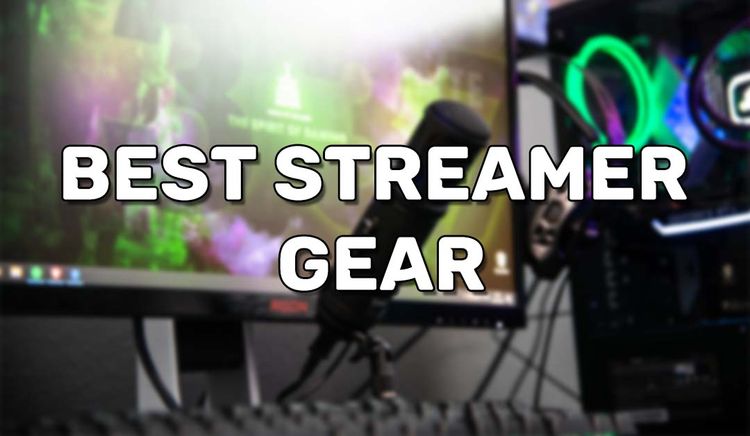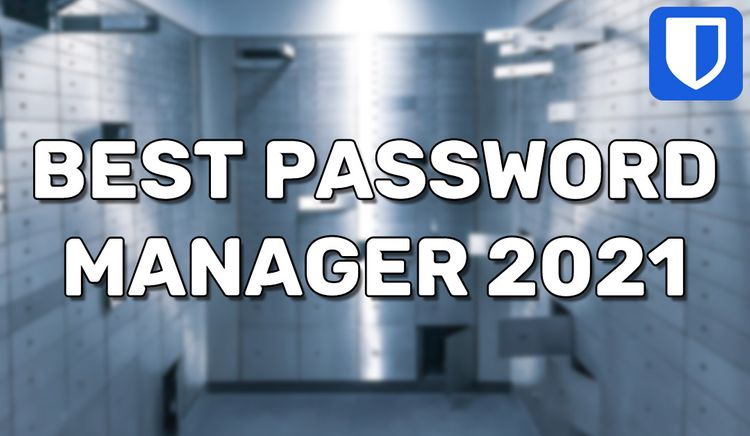SATA vs NVMe SSD

As of 2020, getting a solid-state drive(SSD) as your PC's primary storage drive is easily the way to go. They offer insanely fast read and write speeds compared to a hard disk drive(HDD). They have no moving parts, so they are much more tolerant of impacts. You've probably decided to upgrade to an SSD, but which one should you get? There is more to just picking a brand. There are different interface types of SSDS. Most popularly, SATA and NVMe.
SATA SSD

A SATA SSD is the most common SSD. They can also be your cheapest entry to SSDs. They're the lowest-performing SSDs but are typically the easiest the upgrade to. They look very much like laptop hard drives. They're flat, rectangular, and have the same screw hole placements. Even being a lower-performing connection, a typical SATA SSD like the Samsung 860 Evo is about 10 times faster than a standard 7200 RPM HDD.
If you have an HDD that is starting to die or get slow, you might want to replace them. An easy upgrade would be the SATA SSD. They again, follow the same designs as the standard HDD. To upgrade, all you would need to do is unmount your old hard drive. The SATA SSD should fit right into the old mount. Cables hooked into the old HDD should fit right onto the new SSD.
Some laptops only offer a SATA connector for storage drives, so SATA may be your only SSD option. Some gaming laptops like the Razer Blade 15 have been making advancements to support newer technologies like NVMe M.2. Even so, those laptops typically include a second HDD to increase the advertised storage space. If you wanted to upgrade the HDD, you'll need a SATA SSD.
NVMe M.2 SSD

SSDs started to max out the speeds of the best SATA transfer of 600MB/s. To solve this, a different technology had to be used. NVMe is the decided solution. NVMe is short for non-volatile memory express. NVMe uses PCIe to transfer data. For perspective, the best selling Samsung 970 EVO M.2 SSD supports 3500MB/s reads. The largest SATA connection, SATA III, can transfer up to 600MB/s. A very clear bottleneck. PCIe gen 3 as used by most M.2 SSDs can transfer up to 16000MB/s or 16GB/s. This leaves plenty of room for improvement for the future of SSDs.
An NVMe M.2 SSD doesn't require cables like the SATA SSDs do. The NVMe M.2 SSDs plug directly into a PCIe slot on your motherboard. If you want to use an M.2 SSD, you need to be sure that your motherboard supports it. Something like the Gigabyte Z490. They're not commonly found on old motherboards, unlike SATA.
Summary
SSDs are extremely fast relative to a standard 7200 RPM HDD. Even at the lowest grade of SSDs, a SATA SSD is a huge upgrade from an HDD. HDDs can be seamlessly swapped with a SATA SSD. SATA SSDs can only be so fast before they reach the SATA speed limit. NVMe M.2 SSDs use a different connection, which has allowed them to achieve even greater speeds well beyond the SATA limits.
If you want to avoid your computer from slowing down even after your SSD upgrade, check out this computer tip to maintain your speed:




